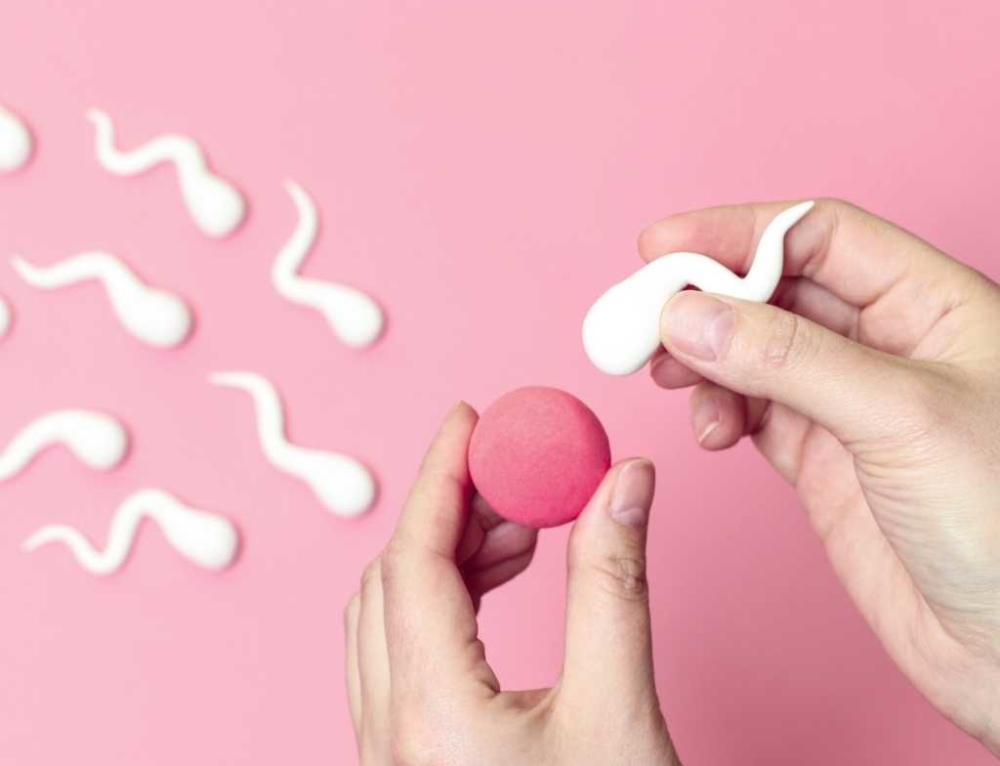When you enter the first stage of labour, any light contractions you may have been having change into ones that are more painful and which follow more of a rhythm. Your baby is getting ready to come into the world! Here’s everything you need to know for a great first stage of labour.
The start of labour
The main sign that you are in first stage of labour is the start of regular contractions. Every woman feels contraction pain differently, but in the first stage of labour it could vary from cramps similar to those during your period to waves of discomfort. In the first stage, contractions are usually 30 to 60 seconds long and come at intervals of five to 20 minutes, although it can vary widely from woman to woman. During this time your cervix will be dilating from zero to ten centimetres, becoming fully dilated during transition.
Other early signs of labour
A ‘show’
Before your contractions start, you may notice a ‘show’. This is when a thick mucus plug at the opening of the cervix comes away in preparation for the birth.
Your waters breaking
As labour progresses, your waters may break, involving the rupturing of the amniotic sac surrounding your baby so the fluid flows out – it could gush out or leak more slowly, depending on how your baby is positioned in your uterus. If your waters don’t break, a midwife may offer to rupture your sack manually – don’t forget that you can say no if you don’t want this to happen.
When to head to hospital
At the beginning of the first stage of labour you should still be able to walk around quite comfortably – if you can, don’t rush into the hospital or birth centre as, if you head there too early, the midwives will only send you home again. Wait until your contractions are coming every five minutes and last for around a minute, and call the hospital to check if you’re unsure.
Communicate with midwives
Midwives and doctors might already have a copy of your birth plan at the hospital or birth centre if it’s something you’ve organised before your due date. If they haven’t, and depending on how far you are into early labour when you arrive at hospital, you or your partner should pass on a copy so midwives have a chance to look over it.
Set the atmosphere
While you may not be thinking about the music or lighting in the hospital birth centre by the time you’re in early labour, your support partner or doula should know how to set the atmosphere. That might involve getting out the things you have packed for hospital, dimming the lights, asking for a Fitball for you to lean on during labour, organising extra pillows or blankets and aromatherapy oils, asking whether the tubs are free for a water birth and stroking or massaging you if you find it comforting.
Other ways your support partner can help
Your support partner can help with your breathing – while you might lose control of your breathing during early labour, your support partner should be close by and gently guide you through your practised breathing pattern. They can also have water or sports drinks to hand, so you stay hydrated and as a way to boost your energy if you begin to tire. Your partner can also give you ice cubes to suck on, and you can use the other person to lean against during contractions.
Great first-stage positions
There are lots of positions that you might find comfortable during early labour:
- Kneeling on the floor, with your arms and elbows resting on cushions and bottom raised, can help if you have backache. A recent Cochrane report found that women who walk, sit, kneel during early labour can shorten the first stage by about an hour.
- Stay upright. “Women who are upright are able to change positions more easily,” says Annemarie Lawrence, research midwife at the Institute of Women’s and Children’s Health, Townsville Hospital, Queensland, adding that using a wide variety of options, such as hot showers, birthing balls and beanbags will reduce pain and give you a greater sense of control over labour.
- As your contractions get stronger, it might be less tiring to kneel on your lower legs and hands, trying to keep your back straight. You could also try leaning over the side of a bed or a Fitball, supporting yourself against a wall or table or leaning against your birth partner to help quicken the pace of labour.






Leave A Comment
You must be logged in to post a comment.